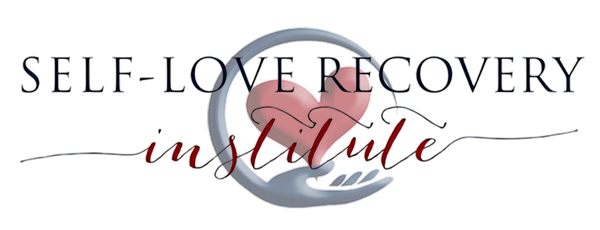
Ross Rosenberg, M.Ed., LCPC, CADC
Codependency is more than a problem with the distribution of love, respect, care, trust, and protection in romantic relationships. It is an invisible addiction that accounts for why codependents predictably fail permanent breakups with their pathological narcissist or resist the next dance with a new one. If they try to free themselves from this insidious addiction, they cannot withstand the predictable onset of extreme pathological loneliness, and they almost always relapse.
As a therapist, I had to abandon my previous assumptions about codependency and codependency treatment while preparing for a major paradigm shift. Perhaps the most significant change was acknowledging that psychotherapy simply did not or could not permanently resolve this chronic problem.
Even though the codependent’s “high” is initially indescribably pleasurable, it can never be maintained. After prolonged exposure to this drug, tolerance develops, requiring a greater potency or frequency of the drug to deliver the same sense of elation. As the codependent’s euphoria rapidly decreases, their relationship with the narcissist shifts towards one of conflict, dismay, and disappointment.
Like other drug addictions, there is a transition when the drug is no longer taken from the sheer experience of euphoria but to take away the pain that occurs when it wears off. This was when I established that codependency addiction is an inseparable component of codependency and the treatment for it.
The Addiction Mindset
It is crucial to differentiate the drug of choice for codependent addicts. Although many codependents believe they are addicted to their narcissist, they are mistaken. Codependents are addicted to the relationship, not pathological narcissists.
It becomes abundantly clear that the only way codependents and narcissists can escape pathological loneliness is to find a lover with whom they can immediately merge their life. Despite having a well-developed theoretical, conceptual, and practical understanding of the many faces of codependency, it needed the addiction discovery to bring it all together. However, it wasn’t until I linked pathological loneliness, codependency addiction’s almost impossible-to-resist primary withdrawal symptom, that it all felt complete. This deep, aching, lonely pain only goes away when the human brain unconsciously but powerfully and convincingly transforms memories of narcissistic abuse into a recollection of the original but fleeting soulmate bliss.
I was not surprised when I learned it was subjectively more challenging to overcome than chemical addictions. Such information was given to me by my codependent clients who were recovering substance users. Pathological loneliness might not have made them physically sick, but the suffering was almost unbearable. Like cigarettes are to nicotine addiction, the narcissist is actually the delivery mechanism for codependency addiction.
This addiction realization paved the way for my subsequent discovery. Codependents’ fear of pathological loneliness compels them to remain in their dysfunctional relationships despite consequences to themselves or their loved ones, especially their children. Such apprehension is best represented through the metaphor of super glue that maintains the codependents’ bonds to their harmful narcissists.’
‘…This dreadfully painful variant of loneliness is a withdrawal symptom of codependency, self-love deficit disorder (SLDD), and addiction. If the codependent wants to leave or end their relationship with the source of their drug, they have monumental hurdles to overcome, the biggest of which is addiction. Relapse is likely without knowing about its emotional, behavioral, physical, and brain chemistry manifestations and getting the appropriate professional help. The following simplifies the approximate linear path of codependency addiction…’
© The Codependency Revolution: Fixing What Was Always Broken, Ross Rosenberg (2024)

0 comments